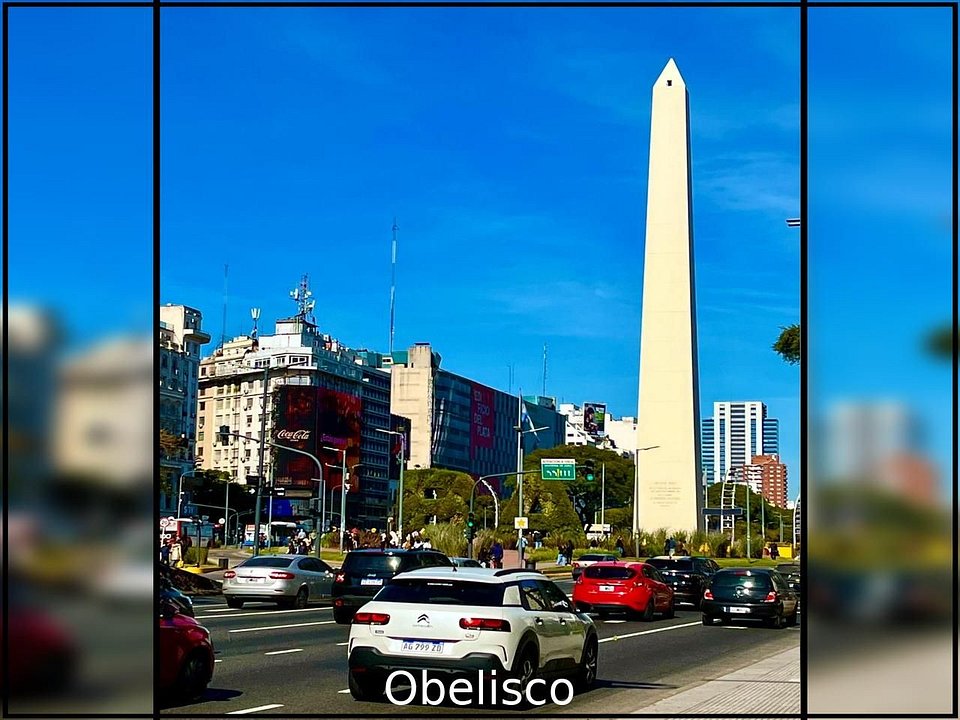Marcelo

Obelisk
The Obelisk of Buenos Aires is 5 blocks from the apartments.
The Obelisk of Buenos Aires, inaugurated in 1936, is an emblematic monument that commemorates the fourth centenary of the founding of the city and is considered an icon of the Argentine capital.
Origins and Construction
The Obelisk was built in 1936 by architect Alberto Prebisch as part of an urban modernization plan that included the opening of Avenida 9 de Julio and the creation of the Plaza de la República. Its construction was carried out in a record time of only 31 days, starting on March 20 and ending on May 23 of that same year.
Historical Significance
The monument stands on the site where the Church of San Nicolás de Bari previously stood, a historic temple where the Argentine flag was raised for the first time in 1812. The demolition of the church to make way for the Obelisk generated controversy among the most traditionalist sectors of the city.
Characteristics of the Obelisk
The Obelisk measures 67.5 meters high and is hollow inside, allowing access to its summit through an internal staircase. At the top, it has four windows that offer panoramic views of the city. Its design is an example of Argentine modernism, characterized by its simplicity and functionality.
Cultural Importance
Since its inauguration, the Obelisk has been a meeting point for celebrations, protests and cultural events, becoming a symbol of Buenos Aires identity. Its presence has witnessed numerous historical events and continues to be a reference in the social and cultural life of Buenos Aires.
In short, the Obelisk is not only an architectural monument, but also a symbol of the history and culture of Buenos Aires, representing the modernization of the city and its rich historical heritage.
